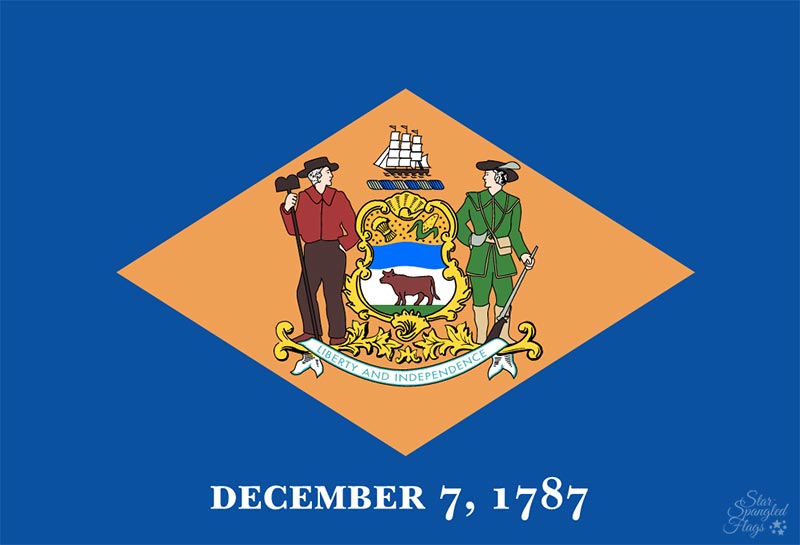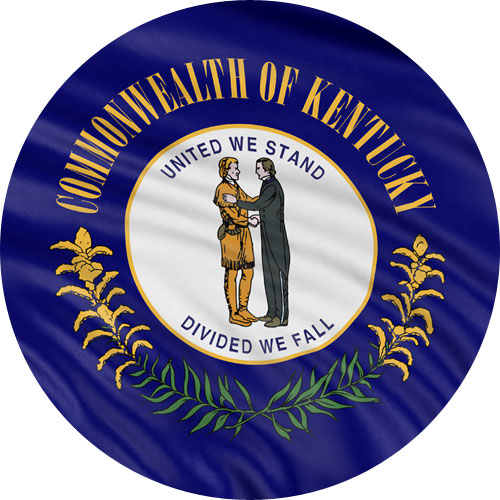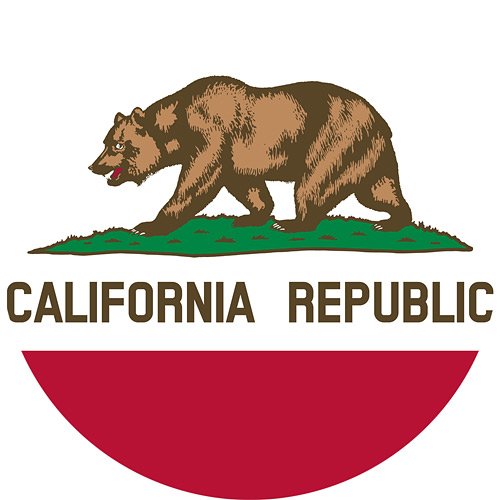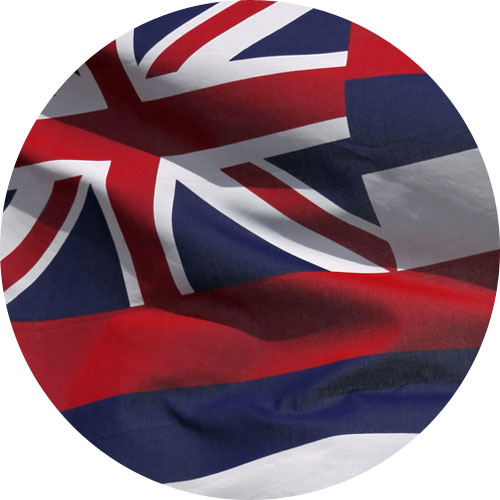Delaware flag for sale
Show your state pride with a high-quality Delaware flag from Banner State! Our flags are made with durable materials and vibrant colors, perfect for displaying indoors or outdoors. Whether you're a Delaware native or just love the First State, this flag is a must-have addition to your collection. Support a small business and add a touch of patriotism to your home or office today by purchasing a Delaware flag from Banner State. Order now and show off your state pride with style!
Delaware flag description
The Delaware state flag features a background of colonial blue with a diamond shape in the center. Inside the diamond is the state's coat of arms, which includes an American bald eagle holding an olive branch and a bundle of arrows, symbolizing the state's commitment to peace and readiness for war. Above the eagle is a banner that reads "Liberty and Independence", and below is the state motto, "In God We Trust". The flag is bordered by a wreath of corn and wheat, representing the state's agriculture industry. The colors and symbols on the Delaware state flag are rich in history and significance, showcasing the state's heritage and values.
Delaware flag - Made in USA
When it comes to purchasing a Delaware flag, opting for one that is Made in the USA comes with numerous benefits. Not only does it support local manufacturing and ensure high quality craftsmanship, but it also helps to reduce carbon emissions associated with international shipping. Additionally, having the flag treated to resist UV fading ensures that it will retain its vibrant colors and remain crisp and clear for a longer period of time. The inclusion of brass grommets and quadruple stitching on the fly end further adds to the durability and longevity of the flag, making it the ideal choice for displaying state pride with confidence.
5 Alternate Names People Use for Flag of Delaware
- The First State Flag
- Official Standard of Delaware
- Blue Hen Flag
- Delaware Banner
- Sussex County Pennant
Frequently Ask Questions About the Flag of Delaware
1. Why does the Delaware state flag have a diamond shape?
The diamond shape on the Delaware state flag represents the Diamond State nickname. Delaware has been called the Diamond State since the late 18th century, supposedly because Thomas Jefferson referred to it as a "jewel among states" due to its strategic location and wealth. The diamond shape is also a nod to Delaware being one of the original 13 colonies.
2. What do the colors on the Delaware state flag symbolize?
The colors on the Delaware state flag have specific meanings. The field of colonial blue represents the colors of the uniform of General George Washington during the Revolutionary War. The buff diamond and flag's border pay tribute to the uniform of the Delaware Continental Army troops. The colors yellow and blue are also the official colors of the United States flag.
3. Why does the Delaware state flag feature a farmer and a soldier?
The Delaware state flag features a farmer and a soldier standing below the diamond crest because Delaware's founders believed in the importance of agriculture and defense. The farmer represents the state's strong agricultural heritage and the soldier represents the state's history of military service and heroism. The flag serves as a reminder of Delaware's commitment to both its agricultural roots and its dedication to defending its principles and freedoms.














